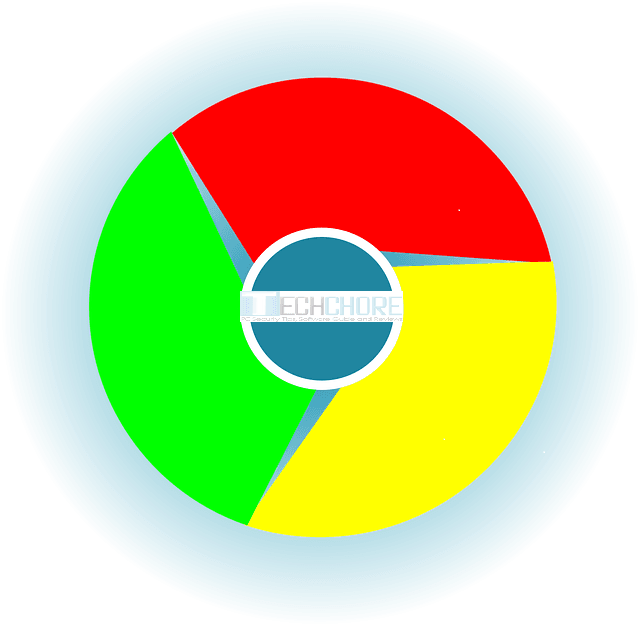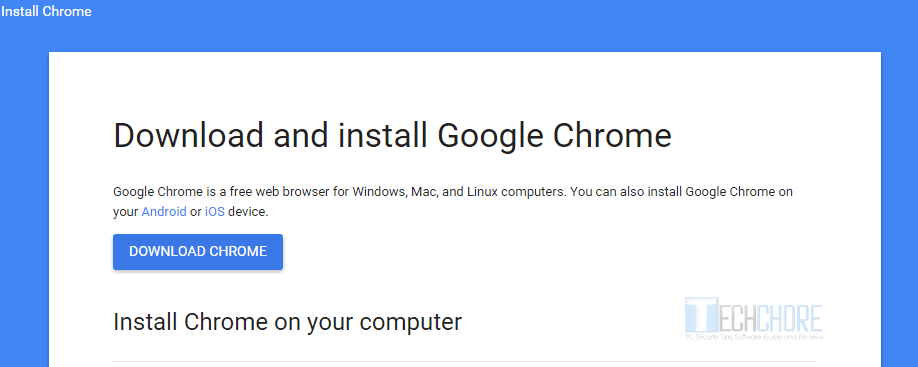


Google Chrome for Linux is an alternative to the most common default Firefox browser on Linux Desktop.

In this guide, we saw how to install one of the world’s most common web browsers, Google Chrome, on an assortment of popular Linux distributions. If you decide that you’d like to remove Chrome from your system in the future, use the following command to uninstall the web browser. See our guide on installing a package from the AUR for help setting that up. Keeping Chrome up to date is easiest to do with an AUR helper such as yay. $ sudo pacman -U -noconfirm google-chrome-*.xz Open a terminal and use the following commands to install Google Chrome on Arch Linux based Linux distributions, such as Manjaro and Arch Linux. These distros can install Chrome from the AUR, so we’ll use the git and makepkg commands to help install Chrome. Install Chrome on Red Hat, CentOS, and Fedora See also our dedicated articles for installing Chrome on Ubuntu and installing Chrome on Kali Linux.

Use the following command to keep Chrome up to date on your system. Installing Chrome will also add the repository to your package manager. Open a terminal and use the following commands to install Google Chrome on Debian based Linux distributions, such as Ubuntu, Debian, Kali, and Linux Mint. Install Chrome on Ubuntu, Debian, and Linux Mint Select the package which matches your Linux distro, then download So for example, for Debian and Ubuntu select DEB and for CentOS or RHEL select RPM package.


 0 kommentar(er)
0 kommentar(er)
